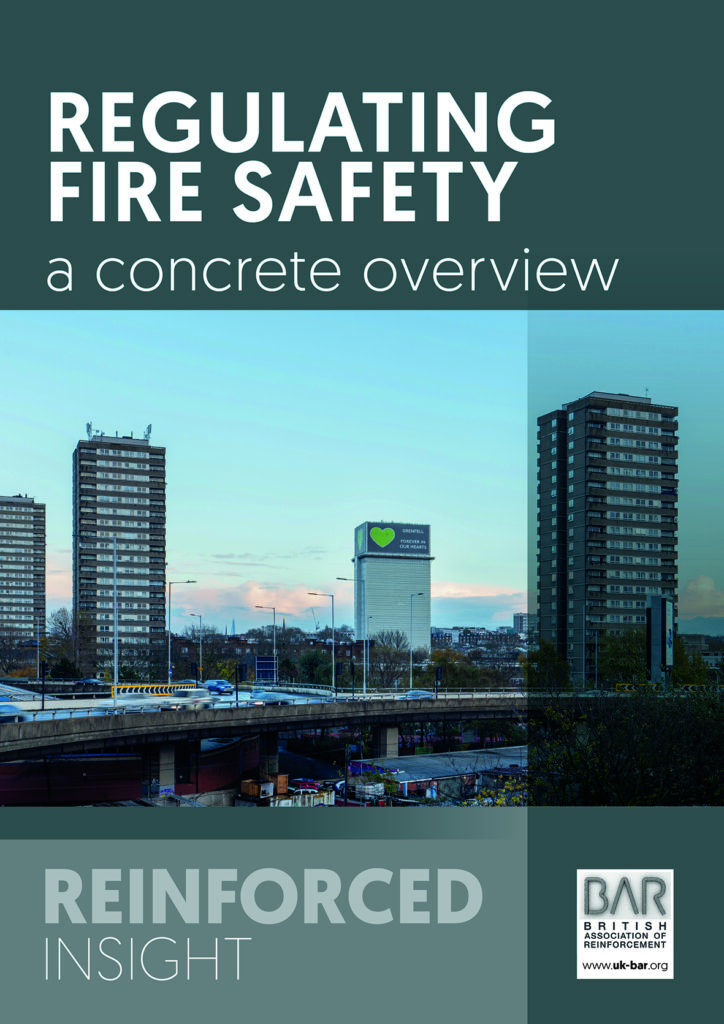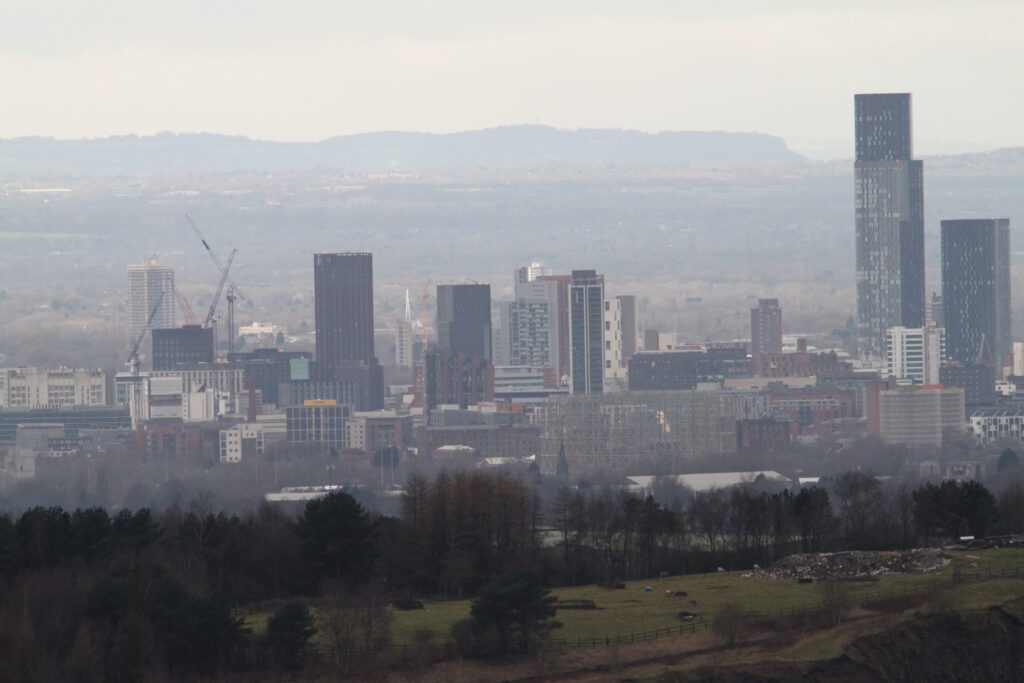A new guide outlining how concrete construction is best placed to meet the requirements of the Building Safety Regulator has been published by the British Association of Reinforcement (BAR).
The Building Safety Regulator is the Building Control Authority for higher-risk buildings. This includes buildings that are at least 18 metres in height or at least seven storeys. The Regulator was a key requirement of the Building Safety Act 2022. The Building Safety Act forwards the majority of recommendations of the Grenfell Tower Inquiry – the Grenfell Tower fire in 2017 tragically resulted in the death of 72 people in the worst UK residential fire since World War II

The Grenfell Tower tragedy underlined how fire safety must be an essential key consideration in the design and use of buildings and structures. The subsequent Building Safety Act is designed to provide greater safety, quality, transparency of the building process and accountability of the professionals involved and provide key stakeholders, such as residents, with reassurance and confidence that the buildings that they are utilising are safe.
BAR maintains that the inherent fire resistance of concrete enables owners, developers, designers and constructors fulfil their legislative and regulatory responsibilities and deliver, with confidence, the necessary fire safety.

Concrete is one of the most fire-resistant construction materials. Under European Standards (EN 13501-1:2007-A1:2009), it is classified as an A1 material – the highest grade of fire resistance. The construction fire safety of concrete is underlined by the fact that it is non-combustible, is non-toxic and has low thermal conductivity.
This means that concrete does not easily transfer thermal heat and does not react easily with other substances (meaning that in the event of a fire there are no noxious gases released). These inherent benefits make concrete one of the safest and most effective materials for structural fire protection. Indeed, in most cases, concrete does not require any additional fire-protection because of its built-in resistance to fire.
This resistance also means that concrete buildings can provide a high level of fire resistance and safety well above that required for life safety. This provides greater evacuation and rescue time plus increased structural integrity and safety for fire fighters entering burning buildings.
Steve Elliott, BAR Chairman, said: “The inherent fire resistance of concrete means that, compared with other building materials, it can meet the stringent requirements and inspections of the Building Safety Regulator with long-term assurance and provide the necessary safe built environment envisaged by the Building Safety Act.”
To view the guide visit: bit.ly/49xNPlm







Recent Comments